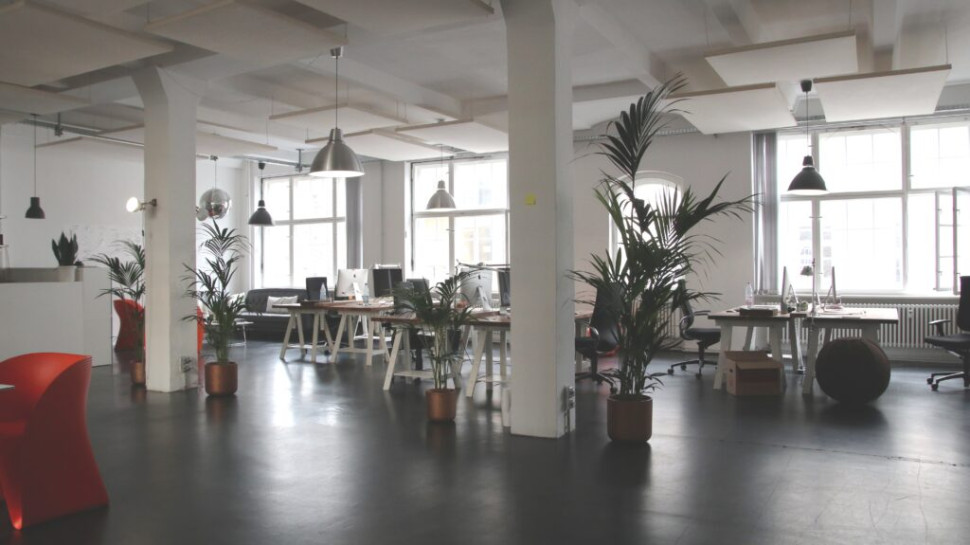In our previous blog posts, we explored several daylighting systems and window treatment options that can help the City of Boston in its goal of becoming 100 percent carbon-free by the year 2050. These daylighting (or daylight harvesting) systems work by using daylight to offset the amount of electric lighting needed to light a space, reducing energy consumption through lighting control systems that adjust electric lighting in response to daylight levels.
Active daylighting systems track sunlight using mechanical methods, with math formulas based on sun path charts used in combination with sensors or lenses that detect light level and maximize the natural daylight present in the space. Electric lighting is adjusted simultaneously, improving energy efficiency and reducing overall energy consumption.

Daylight harvesting systems reduce energy consumption and improve energy efficiency, making them a useful tool towards Boston’s goal of using completely carbon-free energy by 2050.
Below are the systems we looked at, along with highlights of each:
Lutron Hyperion
Lutron Hyperion can reduce lighting energy use by 65% or more and is scalable from a single area or individual building to a campus with multiple buildings. The system can work with wireless radio window sensors, adding further functionality by accounting for varied conditions such as weather or shadows from adjacent buildings.
Mecho SolarTrac
SolarTrac’s proprietary algorithms precisely predict the sun’s position based on time, date, building location, and orientation of glass facades, in combination with rooftop radiometers that detect live conditions. The system can save up to 70% in lighting costs and alerts users of potential maintenance needs, with software supporting smartphone access and allowing up to 100 users simultaneously.
Somfy Animeo
Somfy’s Animeo is made up of intelligent, scalable building controls, motor controls, local controls, and a full selection of sensors and additional accessories. Referring to a range of scalable daylighting systems, Animeo software automates management of natural light according to the position of the sun and glass façade orientation, with a variety of available Somfy weather sensors.
Halcyon Shades (with Animeo)
Halcyon shades reduce 99.9% of harmful UV rays, reflect 80% of solar heat gain, and reduce glare by 97%, providing a return on investment in as little as two years in energy savings, with a 10 – 25% savings on a building’s energy spend. Combined with Somfy Animeo, energy efficiency is improved by decreasing solar glare & HVAC demand and reducing electricity needed for lighting.
The single largest operating cost in U.S. commercial buildings is lighting, with lighting systems constituting one-third or more of total electrical energy costs. Additionally, 30% to 50% of U.S. office buildings’ total electrical energy consumption is by lighting systems.
Daylighting systems, if properly applied to new and existing buildings, can drastically reduce the energy consumption of Boston’s buildings, while at the same time improving occupant comfort and productivity. A reduction in energy consumption would allow for improved energy efficiency, helping the City of Boston to attain its ambitious goal: using 100% carbon-free energy by 2050.
If you’re interested in learning more or implementing any of the aforementioned daylighting systems, contact us today.

